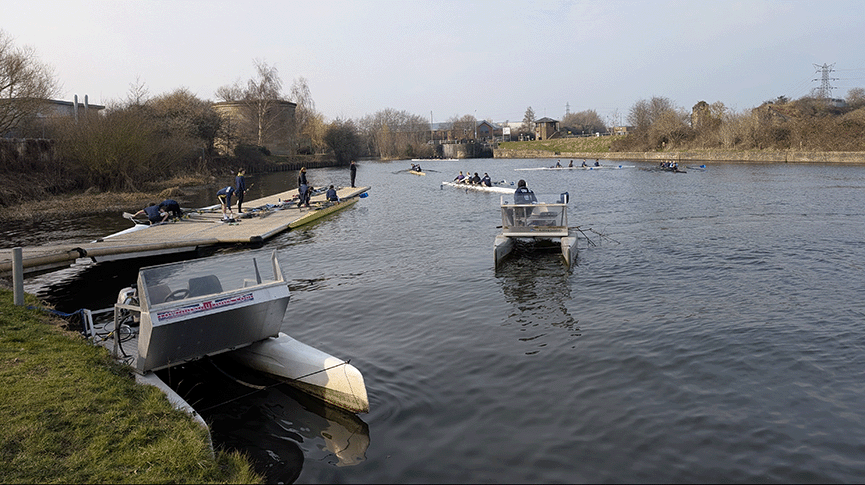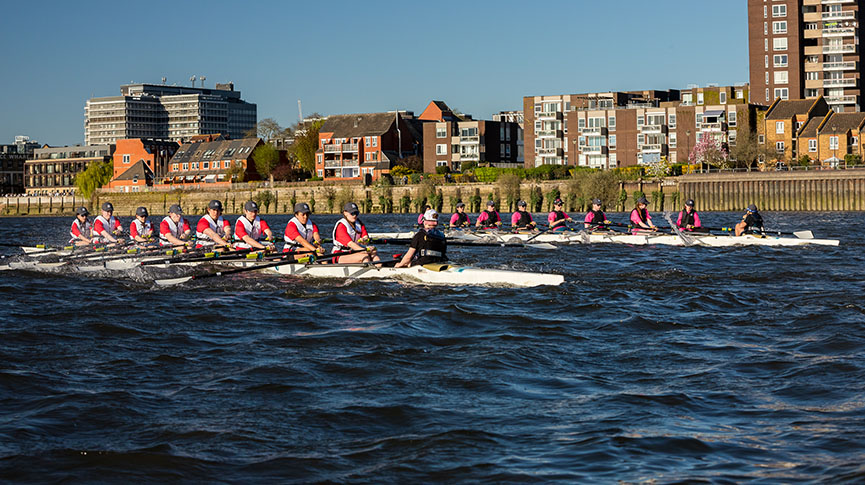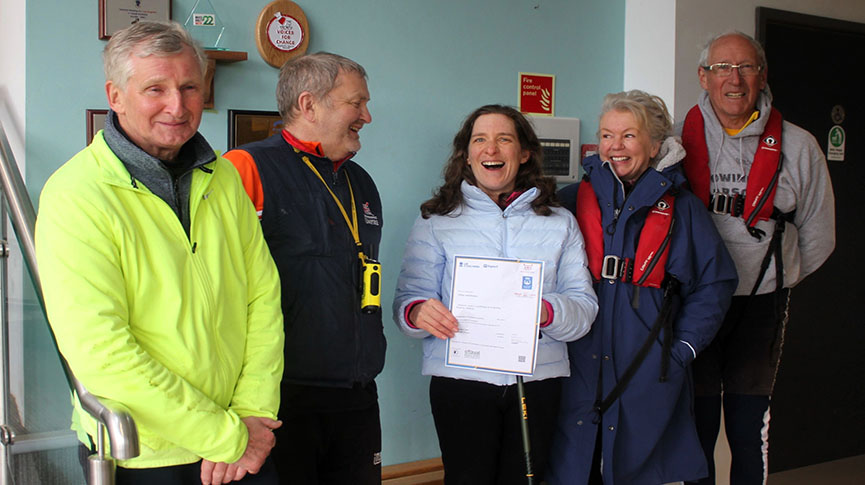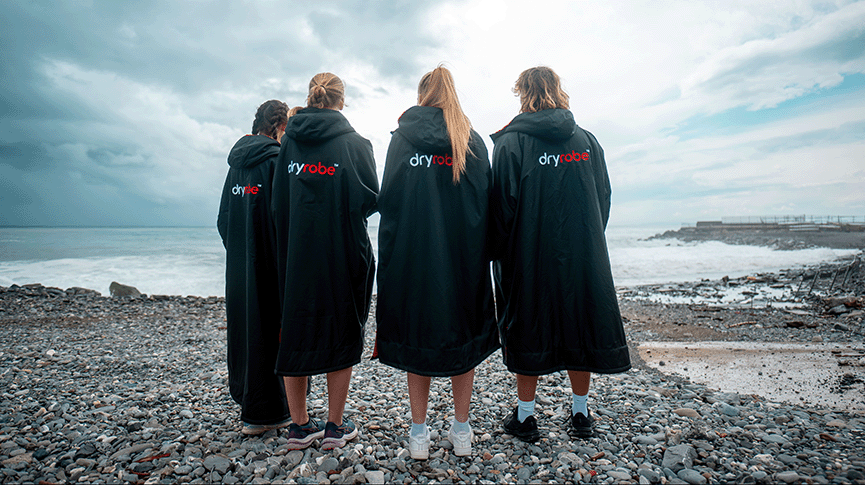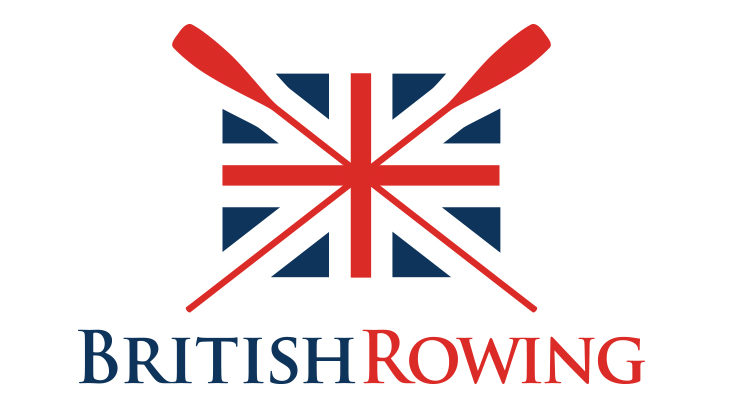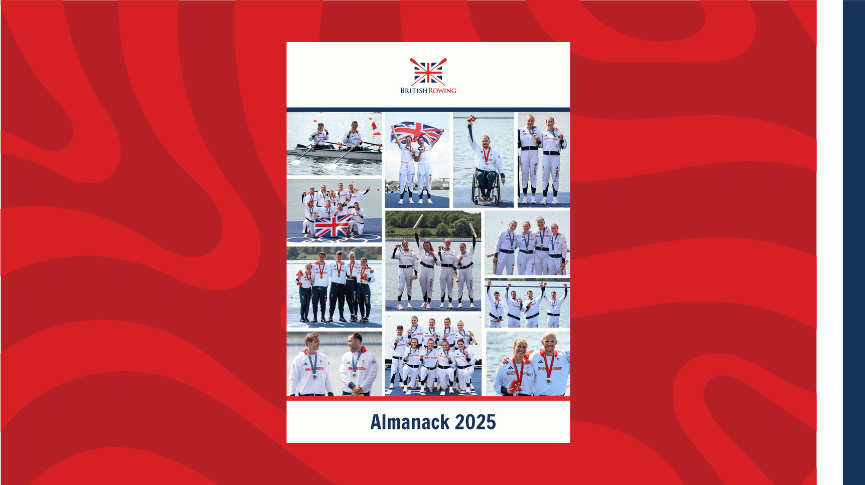#BRIC champion Phil Clapp’s sprint indoor rowing tips
Indoor rowing champion Phil Clapp share’s his training tips for sprint distance rowing
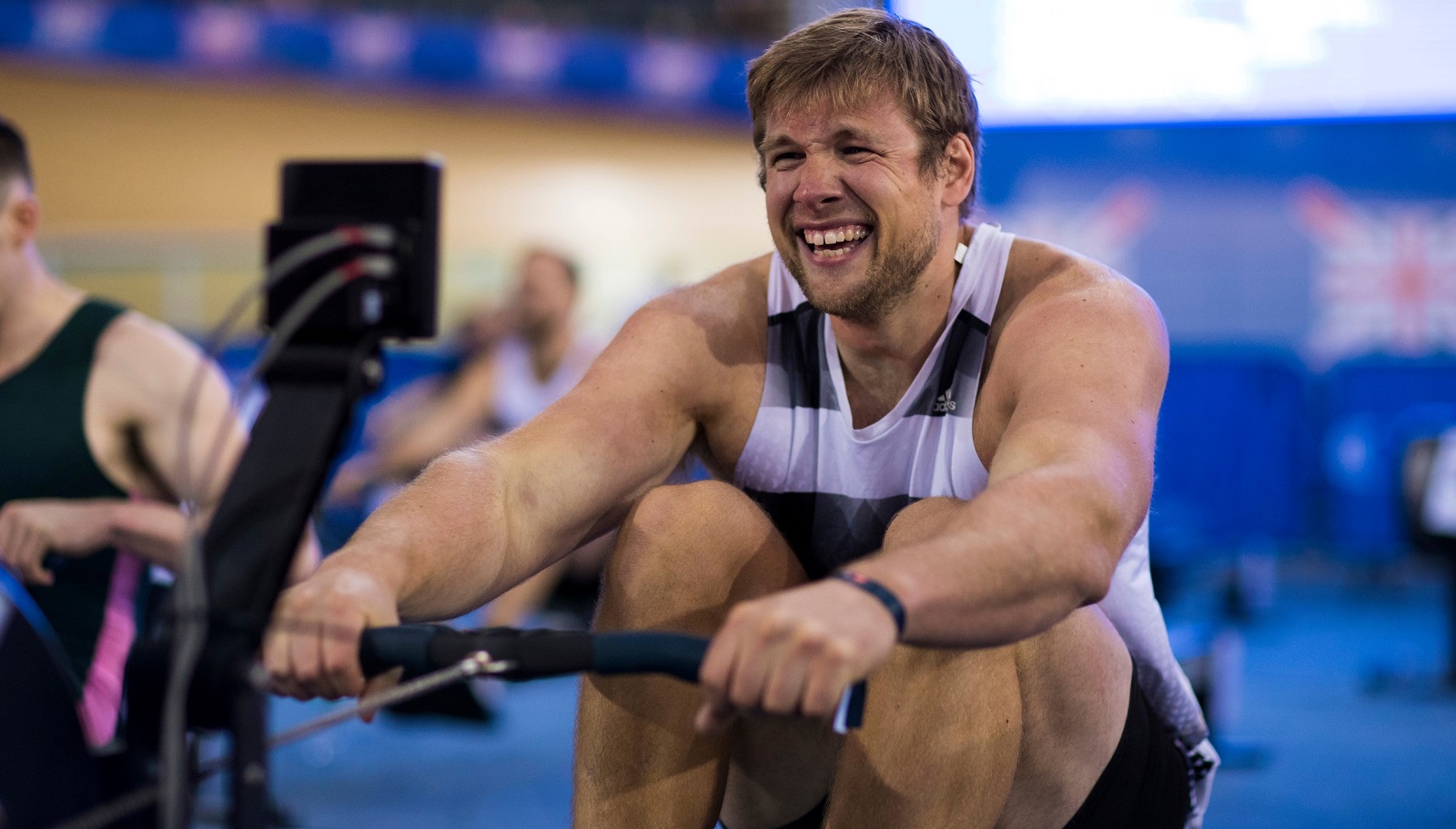
Phil Clapp is a two-time 500m British Rowing Indoor Championships winner and holds countless World and British records on both the Concept2 indoor rowing machine and indoor skiing machine, the SkiErg. British Rowing asked Clapp all about his sprint rowing training and race day advice ahead of the Go Row Indoor Power8 Sprints Gym Challenge, which takes place from 21 May to 22 July 2018.
Find out more about the 350m indoor rowing challenge here >>>
What do you enjoy about sprint rowing?
“I enjoy sprint rowing because it gives me a performance goal to train for around my sailing. The variety of distances that are available to test over mean I can vary my training programme considerably from month to month as I target different records on both the indoor rowing and indoor skiing machine while keeping me motivated to push hard during training.”
Go Row Indoor Power8 Sprints Gym Challenge
Fancy your chances in a 350m indoor rowing race? Then get involved in the Go Row Indoor Power8 Sprints Gym challenge!
Bristol Harbour Festival is set to host an exciting new sprint rowing event- the British Rowing Power8 Sprints on Sunday 22 July.
In the build-up to the festival, British Rowing is running an indoor rowing challenge, the Power8 Sprints Gym Challenge.
The challenge is an individual 350m row or a team relay 4 x 350m (2 men, 2 women).
How to get involved?
- Jump on an indoor rowing machine
- Set the distance to 350m or 4 x 350m
- Row as hard as you can
- Log your time below to be entered into the prize draw to win British Rowing Mizuno kit and the opportunity to be our guest at the Bristol Harbourside Festival and meet some inspiring and awesome Olympic rowers.
What are your top tips for anyone wanting to compete in a 350m sprint rowing race?
“My top tip for a sprint race would be to spend a good amount of training time focussing on the start and overall max power production. Whether you are racing 350m outdoor or indoors, the start is most likely going to be the differentiating point between the speed of crews.”
What do you bring along to a sprint race?
“I like to listen to music before my race to help get some adrenaline pumping and focus on what I am about to do, so some headphones are a must for me especially when the event is busy and there are lots of distractions.”
How do you train for a sprint distance race?
“Training for short sprints is a world apart from the training I used to complete when racing over 2km. Many people have a notion in their minds that because the race is shorter the training will be easy and the race won’t hurt, I mean racing 500m is only a quarter of a 2km, right? However, I can definitely attest this is not the case. Most of my training focuses on boosting my lactate power production which means 40-45s intervals with longer rest periods but at maximum effort in combination with training to increase my lactate buffering capacity. The end goal of which is to ensure I can push myself just as hard over within 500m as I would have done over 2km.”
Do you include many weight and cross training sessions?
“I only train on the rowing machine once or twice a week and those sessions will be the hard testing sessions of my programme, the rest of my training will be on the skierg or arm leg bike. This is really to ensure I don’t put too much repetitive strain on my back as I have had problems in the past. I will also be in the gym lifting weights three or four times a week which is a vital ingredient to sprint rowing.”
Do you have a nutritional plan ahead of racing?
“In terms of my weight management for sprint rowing, I really do not think about it too much. I usually try to sit around 120-125kg for sailing which also works nicely for indoor rowing as it allows me to retain a good amount of muscle mass. My weight fluctuates a fair bit through different training phases but I will always eat to ensure I am not losing lean muscle mass.”
Does the mentality for a sprint race differ from a 2km?
“For me, the mentality change between a 2km race and a 500m is negligible; there is a start, a mid-race pace and a finish. Although the dynamics of those sections are very different and the time spent within them is a lot shorter I still approach the race in the same way. You can’t go out of the blocks on a 500m race as hard as possible and expect not to blow up by 250-300m. My focus when I am racing over 500m is all about trying to maintain my speed over the last 100m and thus arriving to that point in the best shape.”
How do you mentally prepare for a tough sprint challenge?
“I try not to overthink what I plan to do before a sprint race. I will have a target speed that I want to achieve and a race plan of how I plan to get there.”
At BRIC 2017 you took gold in the 500m sprint, tell us a bit about the race?
“BRIC 2017 was an interesting one; I had only got back off holiday a few days before from Mexico so I can’t say my preparation was the best but it was still fun to see what I can do in less than ideal circumstances.”
What has been your favourite sprint race and why?
“My favourite race was at The World Games in 2017. I really enjoyed the lead into the event and really pushing my training to see what I could do in the knowledge I would be racing against some of the fastest sprint rowers. Although it didn’t quite come together on the day as I hoped it would I was still happy to come away with the silver.”
What’s next for you?
“I am fairly busy over the summer as I am scheduled to race in the maxi72 yacht class for five regattas so until September all my training when I am home is just focussed on holding on to my fitness and strength rather than trying to make any gains. Once the racing season is done I am planning to step it on and try to attack some of the indoor rowing sprint records again.”
Keep up with Phil’s training on his Instagram account @bigphil90.
Don’t forget for all your indoor rowing tips and news sign up for the monthly #GoRowIndoor newsletter here.


